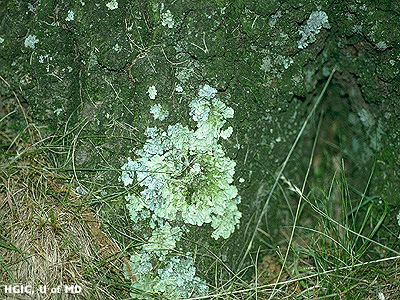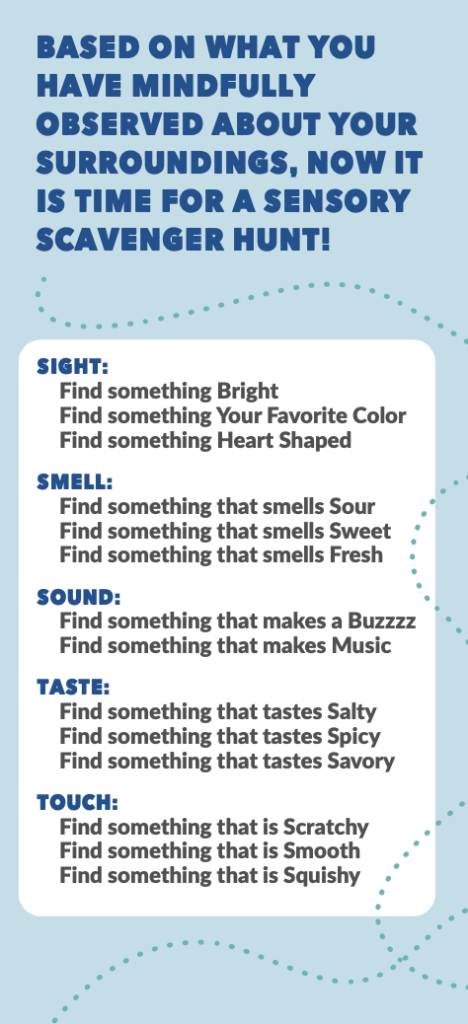Home Insteading With Cooperative Extension (Week 45)
go.ncsu.edu/readext?770823
en Español / em Português
El inglés es el idioma de control de esta página. En la medida en que haya algún conflicto entre la traducción al inglés y la traducción, el inglés prevalece.
Al hacer clic en el enlace de traducción se activa un servicio de traducción gratuito para convertir la página al español. Al igual que con cualquier traducción por Internet, la conversión no es sensible al contexto y puede que no traduzca el texto en su significado original. NC State Extension no garantiza la exactitud del texto traducido. Por favor, tenga en cuenta que algunas aplicaciones y/o servicios pueden no funcionar como se espera cuando se traducen.
Português
Inglês é o idioma de controle desta página. Na medida que haja algum conflito entre o texto original em Inglês e a tradução, o Inglês prevalece.
Ao clicar no link de tradução, um serviço gratuito de tradução será ativado para converter a página para o Português. Como em qualquer tradução pela internet, a conversão não é sensivel ao contexto e pode não ocorrer a tradução para o significado orginal. O serviço de Extensão da Carolina do Norte (NC State Extension) não garante a exatidão do texto traduzido. Por favor, observe que algumas funções ou serviços podem não funcionar como esperado após a tradução.
English
English is the controlling language of this page. To the extent there is any conflict between the English text and the translation, English controls.
Clicking on the translation link activates a free translation service to convert the page to Spanish. As with any Internet translation, the conversion is not context-sensitive and may not translate the text to its original meaning. NC State Extension does not guarantee the accuracy of the translated text. Please note that some applications and/or services may not function as expected when translated.
Collapse ▲FAQ: Lichen
Horticulture at Home
Katy Shook, Area Horticulture Agent
One of the most frequently asked questions we receive at the Ask A Master Gardener Helpline is: “What is the grayish-green growth on the trunks of my trees and shrubs?” The answer is simpler than the explanation. Lichen is the name of the fuzzy, flat, and sometimes frilly growth that gardeners find covering the trunks of woody plants. Colors range from gray to bluish-green.
Lichen are living organisms composed of a fungus and algae. They are frequently found on declining or stressed trees and shrubs. Control is usually not necessary. Lichen is not harmful to the plant and does not cause plant decline. Stressors like age, growing conditions and environmental influence are usually to blame for a plants’ decline; lichen just prefer growing on these plants.
If you find lichen growing on your trees and shrubs, try not to worry too much about it; it’s usually harmless and may just be a result of environmental influence. If you find your tree or shrub in decline, you may want to re-evaluate the overall health. For more information about lichen and tree health, contact the Ask A Master Gardener Helpline at (252) 482-6585.

Lichen is the grayish-green growth frequently found on trunks of woody plants.
Indoor Sensory Scavenger Hunt
4-H at Home
Submitted by: Camaryn Byrum, 4-H Agent
Taken from: Julia’s Table – Kids in the Kitchen
As humans, we all have a sensory system in our bodies made up of the five most important senses: sight, smell, hearing, taste, and touch. Let’s take a minute and think about each one.
SMELL
- What do you smell?
- How does the air smell?
- Do you smell anything you recognize?
SIGHT
- What do you see?
- Are you looking outside or inside right now?
- What shapes or textures do you see?
SOUND
- What can you hear?
- Can you hear music playing in your home?
- Can you hear the bugs or birds outside talking to each other?
TOUCH
- What are you touching?
- Can you feel the wind on your skin?
- Are your clothes fuzzy or soft?
TASTE
- What is the last thing you tasted?
- What is your favorite flavor?
- Is there a flavor that you don’t like to taste?

Perfectly Hard Boiled Eggs
Family and Consumer Sciences at Home
Mary Morris, Family and Consumer Sciences Agent
One of the most frustrating things for me when I am making potato salad or hard boiled eggs is to overcook, undercook or for them not to peel well. There is a technique to making perfectly hardboiled eggs. My mother-in-law taught me a how to make boiled eggs the traditional way about 20 years ago. Recently I have learned several new ways of making hard boiled eggs depending on what appliances you have. Here are three methods of making hard boiled eggs that you can try and decide a favorite for yourself.
Traditional Method
- Put the eggs in a large pot with a lid. Pour cool water over the eggs until fully submerged and add the baking soda to the water. Put the pot over high heat and bring to a boil. Once the water is at a rolling boil, turn off the heat and cover the pot with the lid. Allow the eggs to sit in the hot water for the following times according to the desired doneness: 3 minutes for SOFT boiled; 6 minutes for MEDIUM boiled; 12 minutes for HARD boiled.
- Prepare a bowl of ice water. Transfer the cooked eggs to the ice water to cool completely before peeling.
Although the cooking water must come to a full boil in this method, the pan is immediately removed from the heat so that the eggs cook gently in the hot water. This produces tender, not rubbery, eggs and minimizes cracking.
Banish the greenish ring. This harmless but unsightly discoloration that sometimes forms around hard-boiled yolks results from a reaction between sulfur in the egg white and iron in the yolk. It occurs when eggs have been cooked for too long or at too high a temperature. Our tips for hard-boiled eggs – cooking eggs in hot, not boiling, water, then cooling immediately – minimizes this.
Instant Pot Method (my new favorite)
- Pour 1 cup of water into the Instant Pot. Place a steamer basket or the trivet in the pot.
- Carefully arrange 1-6 eggs in the steamer basket. Secure the lid on the pot. Close the pressure-release valve.
- For soft-cooked eggs, select manual and cook at low pressure for 3 minutes. When cooking time is complete, use a natural release to depressurize. (For medium-cooked eggs, cook for 4 minutes; for hard-cooked eggs, cook for 5 minutes.)
- Remove the lid from the pot and gently place eggs in a bowl of cool water for 1 minute to serve warm.
Air Fryer Method
- Preheat a 3.5-quart air fryer to 270 degrees F. Add the eggs to the fryer basket and cook 15 minutes for hard-boiled eggs. Remove the eggs and plunge them into an ice bath.
- Peel when cool enough to handle. For soft-boiled eggs, cook them 10 minutes. For medium-boiled eggs cook for 12 minutes.
Insider Tips on How to Hard-Boil Eggs Perfectly
Now that you’ve mastered the art of hard-boiled eggs, how do you peel the eggs without making a mess? Very fresh eggs can be difficult to peel. To ensure easily peeled hard-boiled eggs, buy and refrigerate them a week to 10 days in advance of cooking. This brief “breather” allows the eggs time to take in air, which helps separate the membranes from the shell.
Hard-boiled eggs are easiest to peel right after cooling. Cooling causes the egg to contract slightly in the shell.
To peel a hard-boiled egg: Gently tap egg on countertop until shell is finely crackled all over. Roll egg between hands to loosen shell. Starting peeling at large end, holding egg under cold running water to help ease the shell off.
Are Eggs Healthy?
Nutrient-rich eggs are a good or excellent source of eight essential nutrients including high-quality protein, but they can also be a flavorful and fun vessel for other nutritious foods. If a goal is to eat more plant-based foods, eggs pair well with vegetables, grains, legumes and more. Plus, the fat-soluble vitamins in vegetables (vitamins A, D, E and K) are better absorbed with dietary fat from eggs.




